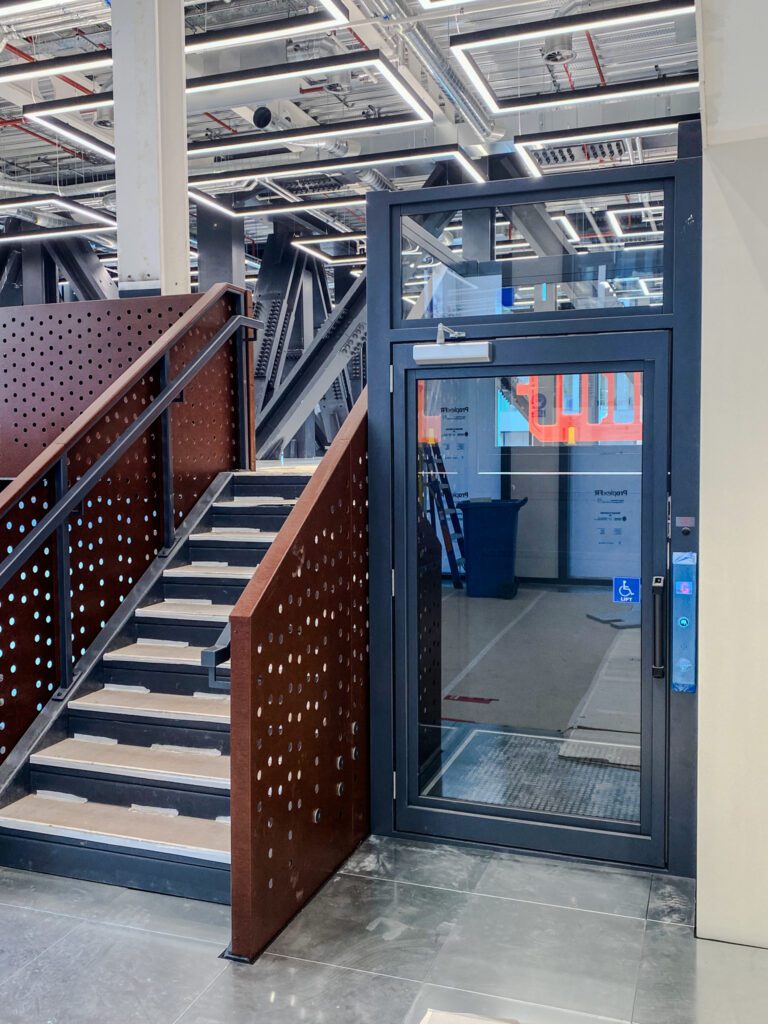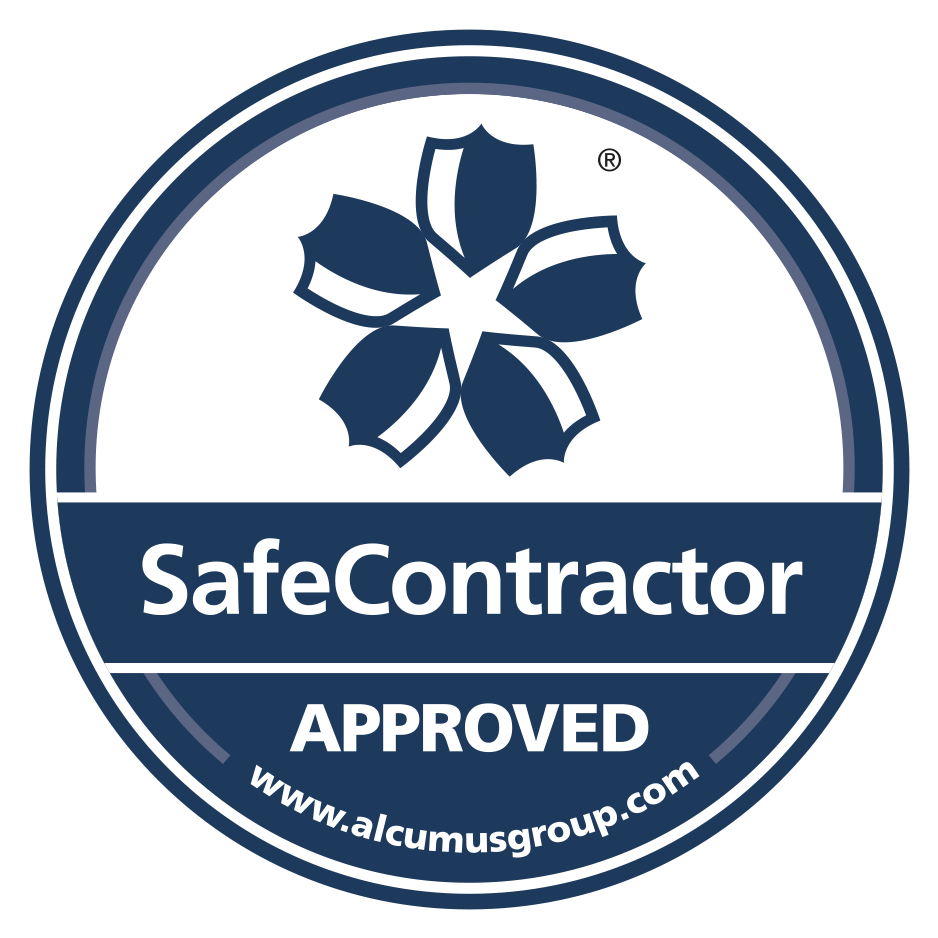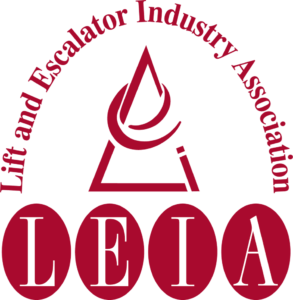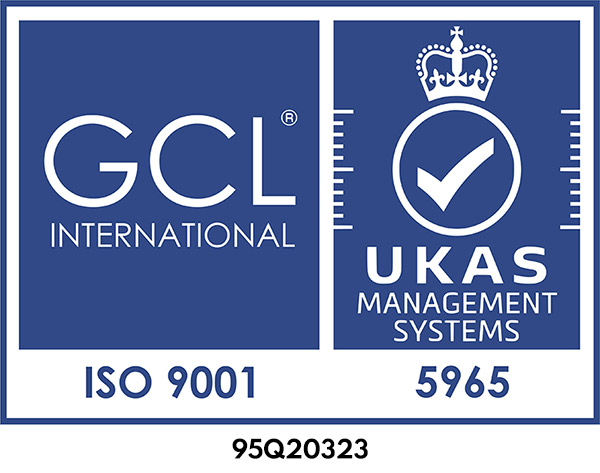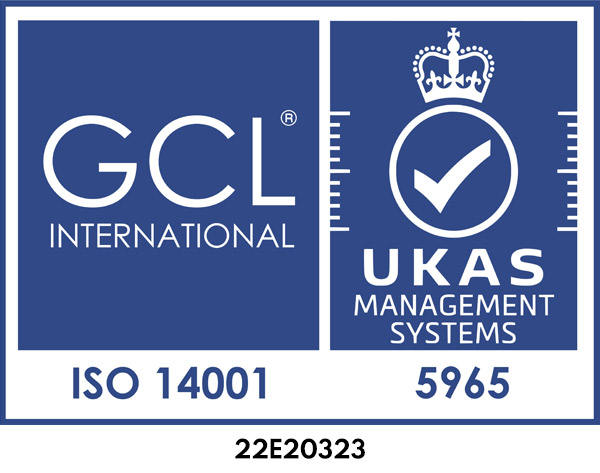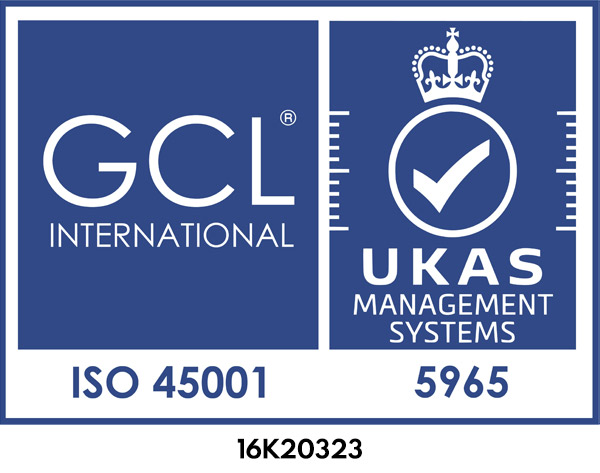Platform lifts are an essential part of accessible and compliant buildings across the UK. With an estimated 300,000 lifts operating nationwide, including over 50,000 in residential settings, routine maintenance is not only best practice, but a legal and operational necessity.
Lifts support the crucial movement of people between levels in homes, offices, hospitals, and public buildings. But like any high-use mechanical system, they are subject to wear and failure if they are not maintained properly. According to the Health and Safety Executive (HSE), a significant proportion of lift-related incidents stem from inadequate servicing.
This guide explains how often different types of lifts must be serviced in line with UK law and industry best practices. We also outline what to expect from a service visit and how working with a professional provider like Alliance Platform Lifts helps you stay compliant, minimise downtime, and maintain safe, high-performing lift systems.
5 Key Takeaways
- Passenger lifts must be inspected every six months under LOLER (Lifting Operations and Lifting Equipment Regulations 1998).
- Routine servicing is generally recommended 2 to 4 times per year, depending on usage and environment.
- High-traffic or critical-use lifts (e.g. in healthcare or transport settings) may require servicing as often as monthly.
- Goods lifts must be inspected annually but may need more frequent maintenance if heavily used.
- Working with a certified maintenance provider ensures regulatory compliance, safety, and operational continuity.
Why Regular Lift Servicing Is Essential
Lifts are engineered systems composed of motorised, electrical, and safety-critical components. These include control panels, hoisting mechanisms, suspension systems, braking devices, doors, and emergency alarms. Without regular inspections and preventative servicing, these sections degrade over time, increasing the risk of system failure.
Scheduled maintenance ensures:
- Legal compliance with LOLER, PUWER, and other UK safety regulations.
- Early detection of worn or failing components.
- Smooth, quiet, and efficient operation for all users.
- Reduced risk of accidents, breakdowns, or service interruptions.
In environments where the lift is essential, such as multi-storey homes, schools, care homes, and shopping centres, maintenance directly impacts daily safety and accessibility. Neglecting lift servicing can pose serious risks to residents, staff, and visitors.
How Often Do Lifts Need to Be Serviced in the UK?
Service frequency depends on the type of lift, how heavily it’s used, and its setting. Here’s a breakdown of legal obligations and best practice intervals:
Legal Requirements:
- Passenger lifts: Thorough examination by a competent person every 6 months under LOLER.
- Goods-only lifts: Inspected annually (every 12 months) under LOLER.
- Stair lifts in workplace settings: Subject to PUWER (Provision and Use of Work Equipment Regulations) and must be inspected every 6 months.
Recommended Maintenance Schedules:
- Low-use residential lifts: Every 6 to 12 months.
- Moderate-use lifts in offices or apartment blocks: Every 3 to 6 months.
- High-traffic environments (e.g. hospitals, hotels, airports): Monthly to quarterly servicing.
Consider that lifts in public-facing environments can complete hundreds of journeys per day. The more a lift is used, the more often it should be inspected and serviced.
Platform Lifts: Recommended Maintenance Intervals
Platform lifts are commonly used in homes, schools, and commercial buildings. These compact, space-efficient systems are often used to improve access for wheelchair users and others with limited mobility.
- Residential platform lifts: Minimum annual servicing; twice a year if used frequently.
- Commercial or public-access platform lifts: Serviced every 3 to 6 months.
- High-traffic locations or older units: Quarterly or even monthly maintenance recommended.
Factors that influence servicing needs include:
- Age and condition of the lift.
- Location (indoor or outdoor).
- Exposure to dust, moisture, or heavy footfall.
- Whether the lift is used as a primary or secondary access point.
Regular inspections are also crucial for lifts installed in compliance with the Equality Act 2010, which places a duty on building owners to maintain safe and accessible routes for disabled users.
Passenger and Stair Lifts: Service Requirements
Passenger lifts are required to undergo LOLER (Lifting Operations and Lifting Equipment Regulations) inspections every six months. In addition to this legal requirement, regular servicing is strongly advised to maintain performance and safety.
- Passenger lifts: Service 2 to 4 times per year alongside biannual LOLER inspections.
- Stair lifts (domestic settings): Annual service recommended.
- Stair lifts (in rental or workplace settings): Inspected and serviced every 6 months.
Stair lifts support mobility for those who struggle with stairs due to age or disability. As such, their reliability is directly linked to quality of life. Malfunctioning stair lifts can result in injury or loss of independence.
What does a Typical Lift Service Include?
A professional lift service is a detailed process carried out by a trained engineer. It typically includes the following steps:
- Full safety system check
- Emergency stop, alarm system, battery backup, door interlocks.
- Mechanical component inspection
- Drive units, suspension systems, guide rails, brakes, and rollers.
- Electrical system testing
- Controllers, fuses, wiring, call buttons, lighting, and alarms.
- Cleaning and lubrication
- Remove debris and lubricate moving parts to prevent excessive wear.
- Functional and performance testing
- Smooth travel, levelling accuracy, and noise checks.
- Service log documentation
- Record all work completed, faults found, and parts replaced.
Maintaining a comprehensive service log is essential to demonstrate due diligence, particularly during inspections or legal inquiries.
What are the Risks of Skipping or Delaying Lift Maintenance?
Neglecting lift servicing can have serious consequences:
- Non-compliance with LOLER or PUWER regulations can lead to enforcement action.
- Safety hazards may arise, such as failure of emergency systems or unexpected stoppages.
- Breakdowns are more likely, leading to expensive repairs and frustrated users.
- Downtime in serious settings (such as hospitals or care homes) can impact operations and patient care.
- Reputational damage if lifts are repeatedly out of service in a public-facing building.
According to LEIA (Lift and Escalator Industry Association), proactive maintenance can reduce the risk of unplanned lift failure by up to 60%.
Tips for Scheduling and Tracking Servicing
- Develop a lift asset register
- List all lifts and their locations, model numbers, and usage patterns.
- Automate your service calendar
- Use digital reminders to ensure timely inspections.
- Track performance data
- Record any faults, downtime, or complaints to inform maintenance needs.
- Assign a duty holder
- Appoint a responsible person to manage servicing contracts and compliance.
- Partner with a certified lift specialist
- Use a provider that follows LEIA and UKAS-accredited quality standards.
Why Choose Alliance Platform Lifts
Alliance Platform Lifts is one of the UK’s most trusted names in bespoke lift installation, servicing and modernisation. We support over 2,000 clients across residential, commercial, and public sector properties.
- 24/7 nationwide emergency call-out support
- Over 50 qualified field engineers
- Compliance with LOLER, PUWER, EN 81-41, and Health & Safety at Work Act 1974
- Detailed service records and client reporting
- Flexible servicing packages designed for your building’s needs
We help you protect your investment, reduce operational risk, and ensure a high standard of accessibility for all building users. Our proactive approach means faults are detected early, repairs are planned efficiently, and compliance is never an afterthought.
To explore our servicing and aftercare packages, speak to a member of our team today.
Conclusion
Lift maintenance is a core responsibility for any building owner or manager who provides lift access, especially in settings that serve the public or individuals with mobility needs.
- LOLER compliance is a legal requirement: Six-monthly inspections for passenger lifts, annually for goods lifts.
- Servicing schedules must be tailored to lift type, usage, and setting.
- Delaying maintenance increases costs and risks: Unplanned downtime, non-compliance, and safety issues.
Alliance Platform Lifts offers dependable lift maintenance and support to help you meet these requirements confidently. With our expert engineers, proactive servicing, and full regulatory compliance, we help you keep your lifts operating safely, legally, and reliably.
Contact us for a consultation or visit al-platformlifts.co.uk to learn more about our servicing solutions.

